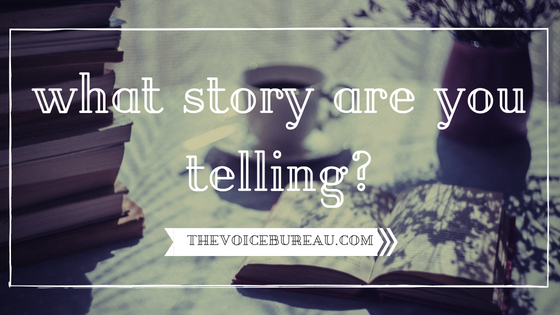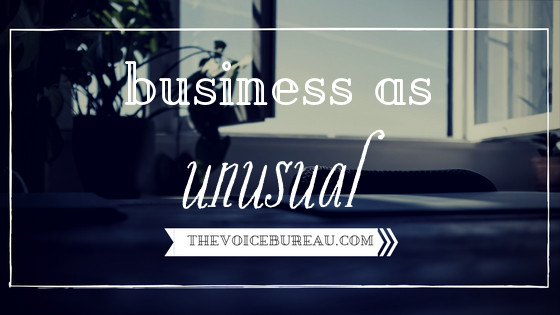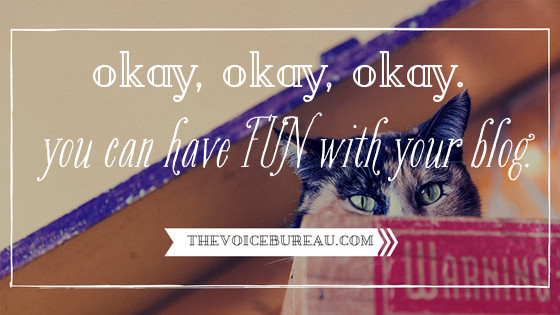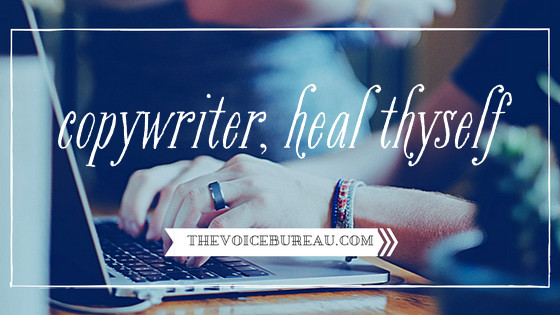Nobody wants to screw up a rebrand.
I mean, it goes without saying, right? Rebrands are time-consuming. They’re complicated. They involve all sorts of updates and testing and potential tech glitches. Even if you’re not investing money in hiring a team to help you execute your rebrand, there’s a lot of time invested in the process — time you’re spending away from the parts of your business that make you money.
(This is just a roundabout way of investing money in it — and possibly more than you realize. But you probably know that.)
But even still, they sometimes do go wrong. A cursory search will turn up at least half a dozen truly misguided rebrands — and we’re talking about big companies who have spent huge (seriously, huge) amounts of money for their disasters. From taglines that make no sense to logos that are inadvertently offensive to packaging that scares away would-be buyers, there are plenty of companies that would have been better off making no changes.
But even that isn’t a great option for long.
Because even the most classic brand eventually gets a little…stale. People start tuning out what you have to say. Their eyes slide right by your logo without noticing it — or worse, it starts to look dated. (Remember all those X-TREME package designs of the ‘90s? Great for business then…maybe a little less-great today.)
So how can you make sure your rebrand is a success?
Some thoughtful planning helps. There are a few things you’ll want to keep in mind.
-
Continuity
Remember when Netflix spent about five minutes trying to convince people to call a portion of their business “Quickster”? With a completely new name and a very different logo, aside from the red background, you would never know the two entities were affiliated, let alone the same company. It was confusing, and ultimately the company abandoned their plans before they even launched.
Even after a rebrand, people need to still be able to see you. Anyone who’s followed your business over time should be able to tell that this is still your business, and your new brand should carry with it some of what made your old brand great — even if you’re no longer doing the same sort of work or serving the same clients. Whether you’re a multi-million dollar company or making a few thousand a year, people have built up a level of connection with your existing brand, and it would be a waste to throw away everything you’ve developed — it’s just a matter of honing in on what’s worth keeping.
-
Clarity
A great rebrand has a purpose that can be clearly articulated. Are you changing your offerings or who you serve? Updating a style that doesn’t suit you or that’s feeling out of date? Is your current web presence working against the image you hope to portray? Until you know why you’re rebranding, it’s hard to get the how right.
To have a truly successful rebrand, you need to really pinpoint what you do, who your clients are, and how you can present yourself in a way that appeals to them. This means some serious introspection, figuring out exactly what is most important to you and what your would-be clients need you to convey. It also means simplifying — when you focus on what’s really important, there’s no need for extraneous fluff (which gets in the way and can confuse your messaging). Speaking directly to your Right Person without trying to appeal to every potential client means that your best clients are going to hear you loud and clear. And knowing your specific client base is what allows you to create a brand that feels cohesive, clear, and able to convey exactly the message you intend to share.
-
Consistency
It’s easy to view website updates as just…website updates. A couple things here and there. Not a big project, just something you do from time to time. Shift some colors. Swap some pictures. No big deal. The problem is, when you’re making small changes like this, you may not be considering the full picture. How do those new pictures suit your brand voice? Do those colors make sense with the fonts or layout or general feel of your site?
When you make changes, it’s important that you’re considering all of your branding. You can swap out your fonts and color palettes, but if your brand voice isn’t updated to suit your new look, there’s likely to be some dissonance there that ruins the whole effect. The same goes for things like your logo or the overall layout — if you’re going for a bold, minimalist design and a straightforward tone that inspires confidence but have 30 menu items and a logo with bevels, drop shadows, and a handful of looping flourishes, visitors aren’t going to see your vision — they’re going to see a confused mess of personalities and styles that do anything but inspire confidence. Be sure you’re carrying your new brand style through every aspect and every iteration of your web presence so that anyone who comes across your business will be able to tell exactly that you’re all about. You may choose to roll out your rebrand in phases — or only make subtle changes, rather than large shifts — but you do need to consider what your readers are seeing and hearing from you at each stage along the way, so you’re maintaining a consistent message.
-
Character
As a values-based business (that’s why you’re here, right?), the way you present your brand has a lot to do with you. What’s important to you? What defines you, and what defines your business? How do you want your clients to see you — as a mentor, a friend, a leader? What matters most to you should be crystal clear in your branding, and a great rebrand is all about letting that character shine through so that your clients understand immediately why you are the best person to support them. A sterile, “I guess this is what’s popular in my market right now” approach isn’t helping anyone — least of all the clients who really want to find you.
-
Completion
There’s a lot to update when you go through a rebrand. You need to make sure every page of your website reflects your new direction, that your e-letter templates and your social media profiles and your email signature are updated. Making lists of everywhere your brand appears is a good place to start, so you can be sure you’re not going to find an embarrassingly out of date profile in six months. And be sure you’re comfortable executing all of the technical updates — or that you’re partnering with someone who is. There’s nothing worse than being stuck at 5am mid-update, with your website down, a 501 error, and no idea what to do next.
Even if you’ve done all the right things and think your rebrand is on track, it’s always a good idea to get a second — or third, or tenth — opinion before you make the big launch. This could mean hiring a team to support you, or it could mean talking to a few trusted friends (the kind who would tell you if your logo was accidentally obscene).
If you’re considering updating your branding, we’d love to have you join us for the upcoming live cohort of our new online course, Brand Nouveau. We’ll be discussing how to execute a great rebrand — and giving you the tools and the roadmap to ensure the process is simple, painless, and successful for you, from planning to design to voice to technical execution. The course begins on Monday, February 25th and is enrolling right now, and we are so excited to share it with you.
Jane and I will also be hosting a free webinar on Tuesday, February 19th to talk about Brand Nouveau and what makes for a really great rebrand. If you’ve been thinking about making some updates but aren’t sure how to take that first step, tune in and find out. Hopefully, we’ll see you there.
In the comments, I’d love to hear:
Are you considering making changes to your brand? What’s holding you back right now?
{ 1 comment }


 My daughter recently started preschool.
My daughter recently started preschool.

 Hello, you.
Hello, you.